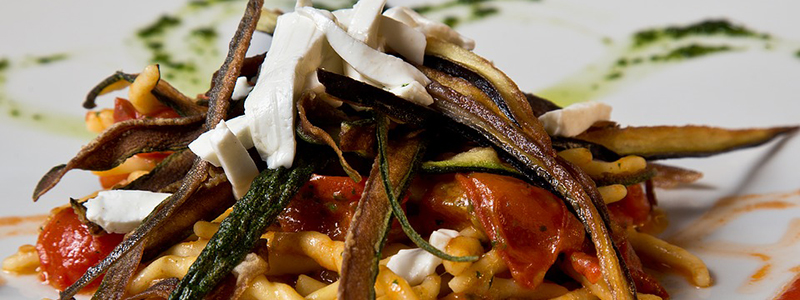Would you rather have a piece of chocolate cake or steamed veggies? Making healthy food choices isn’t always easy! A study conducted by a team of researchers around Liane Schmidt (Inserm) and Hilke Plassmann (INSEAD) at the Brain and Spine Institute (Institut du Cerveau – ICM – Inserm/CNRS/Sorbonne University) found a link between the anatomy of several areas of the brain and the ability to exert self-control when making food choices. Results were published in The Journal of Neuroscience.
For many individuals, having a healthy diet is challenging. The ability to maintain a balanced diet and make healthy food choices varies greatly from one individual to another.
According to models in the nascent field of Neuroeconomics, choosing between several options involves two main mechanisms: the first step is attributing a value to each option by considering its different attributes and their value. For food choices, attributes include, for example, a food’s tastiness and healthiness. The second step, for our brain, is analyzing the weight given to each attribute to select the most adequate option that is the food with the highest overall subjective value.
Are there brain structures that predict an individual’s ability to make healthy food choices? If yes, which ones? To answer these questions, Liane Schmidt, Hilke Plassmann and their co-authors Anita Tusche of the California Institute of Technology (USA), Cendri Hutcherson of the University of Toronto (Canada) and Todd Hare of the University of Zurich (Switzerland) compiled structural brain imaging data and participants’ food choices from 4 studies.
In three of these studies, participants performed the same task in which they were asked how much they wanted to eat a specific food at the end of the experiment in three different conditions: their normal preference, when focussing on the food’s taste, and on its health benefits. Participants could base their choice solely on taste, or be more reasonable and show more self-control by concentrating on the food’s health.
In the fourth study, participants performed a different task. Using a method of their choice, they were asked to distance themselves from the food or decrease their desire for the tasty food.
According to Liane Schmidt, the study’s first author, « This is a more flexible control strategy that does not specifically zero in on taste or healthy attributes, but instead allows individuals to distance themselves from a certain food or desire. »
Based on structural imaging data from the first three studies, researchers studied how grey matter levels varied in participants’ brains compared with their ability to make healthy choices.
They found that grey matter in the dorsolateral prefrontal cortex (dlPFC) and ventromedial prefrontal cortex (vmPFC) predicted healthy food choices. In other words, individuals with more grey matter in these two areas showed more self-control in their food choices by focussing on health more and attributing a higher weight to health than taste attributes of the foods for choice.
To confirm these results, the research team used these structural markers of dietary self-control to predict food choices in the fourth study. “The idea here was to see whether predictions established in a context with very clear self-control strategies – focusing less on taste or more on health – could be expanded to a situation where control strategies remain vague”, added Hilke Plassmann.
The research team confirmed their results, showing for the first time that interpersonal differences in the neuroanatomy of the dorsolateral prefrontal cortex (dlPFC) and ventromedial prefrontal cortex (vmPFC) play a role in the ability to make healthy food choices. These results pave the way for better assessment and, with time, treatment, of food-related disorders such as bulimia and anorexia and also for helping to fight the obesity epidemic.
Source : Neuroanatomy of the vmPFC and dlPFC predicts individual differences in cognitive regulation during dietary self-control across regulation strategies. Liane Schmidt, Anita Tusche, Nicolas Manoharan, Cendri Hutcherson, Todd Hare, and Hilke Plassmann. The Journal of Neuroscience. June 2018







